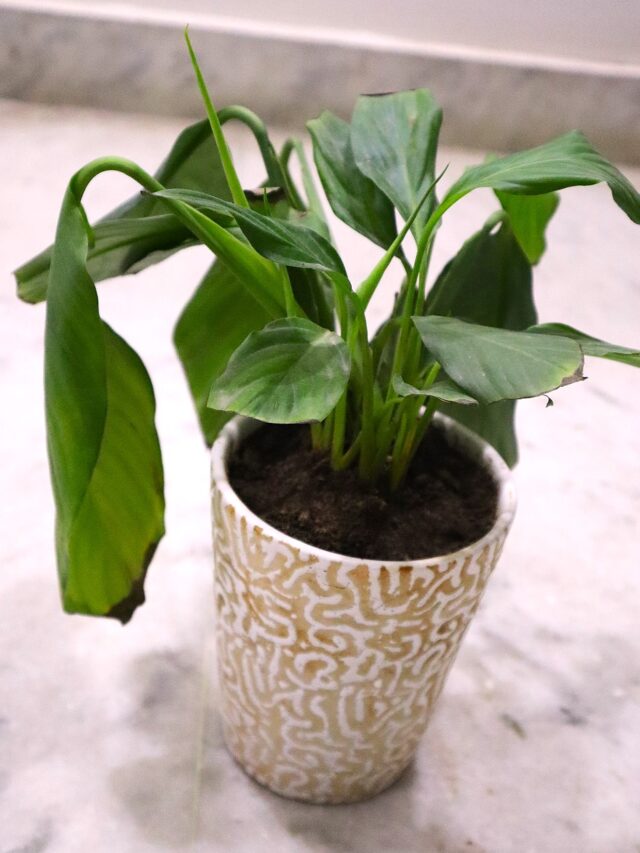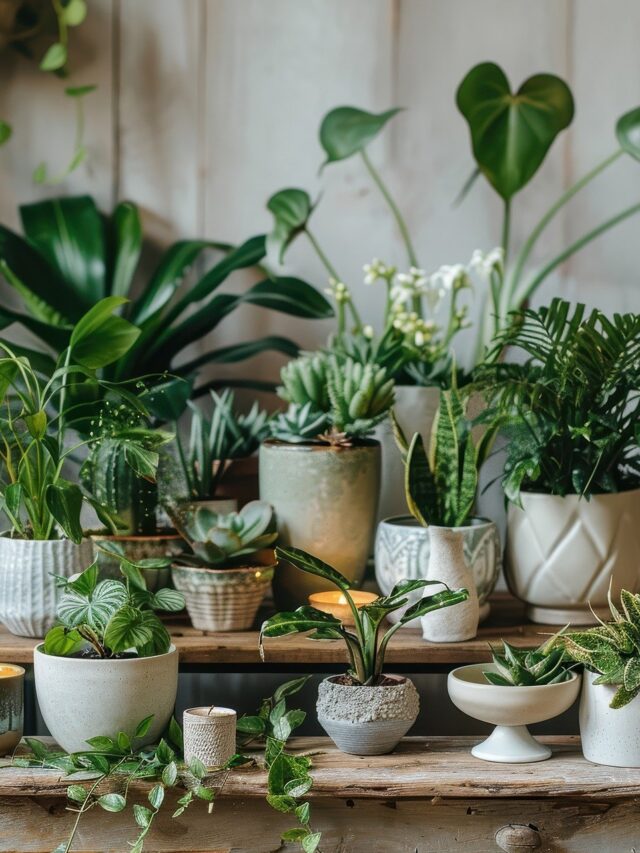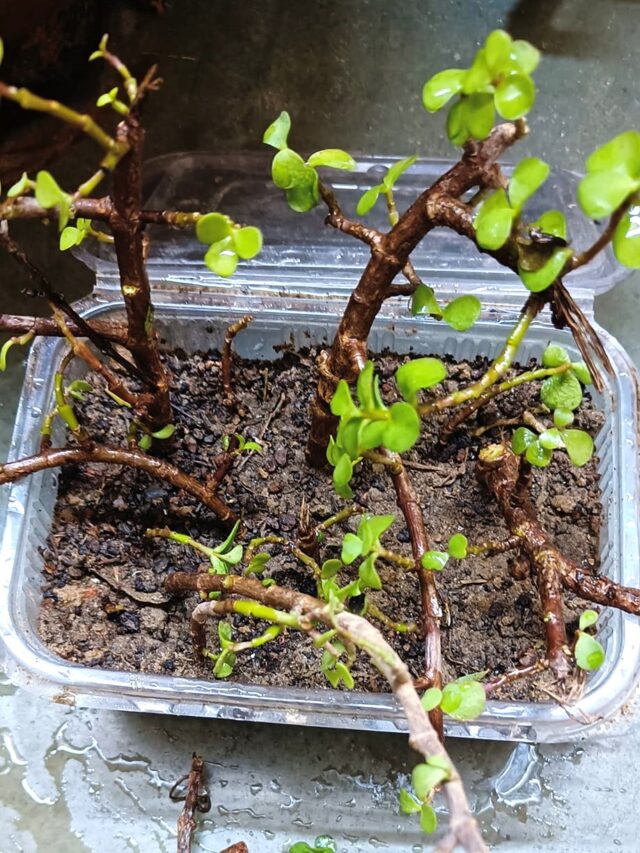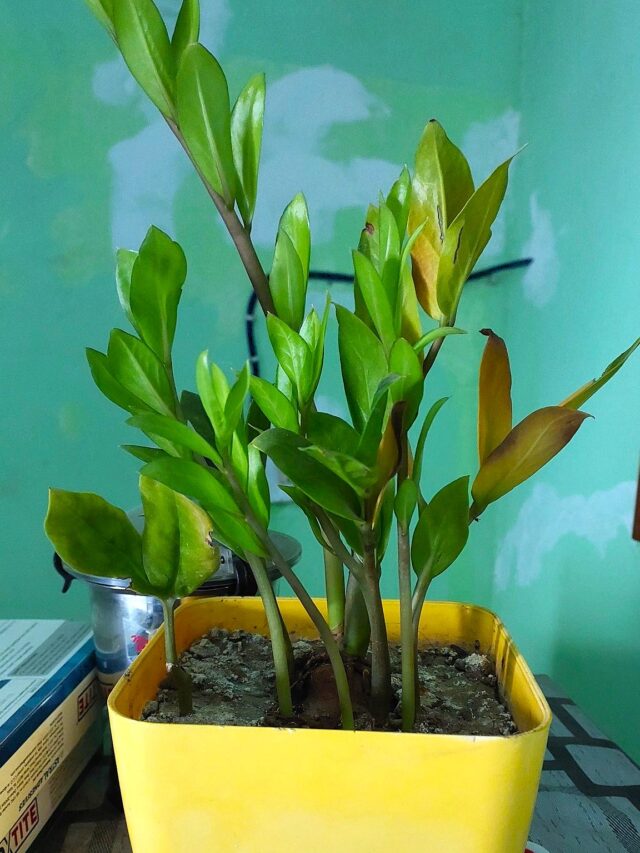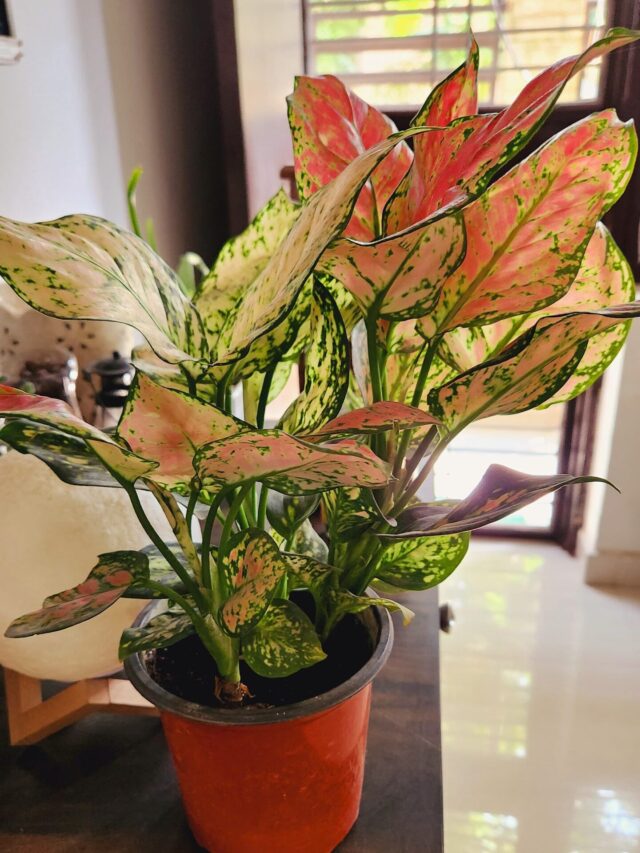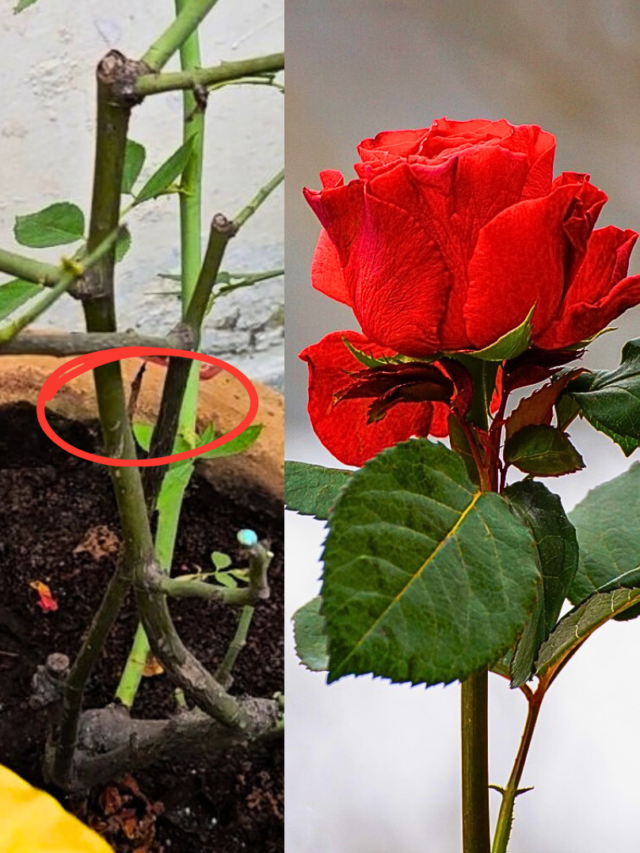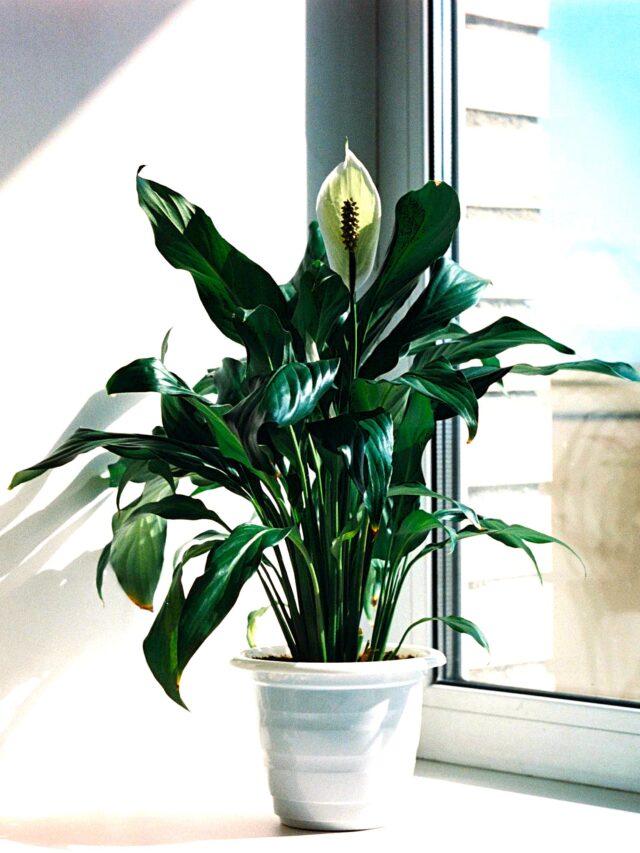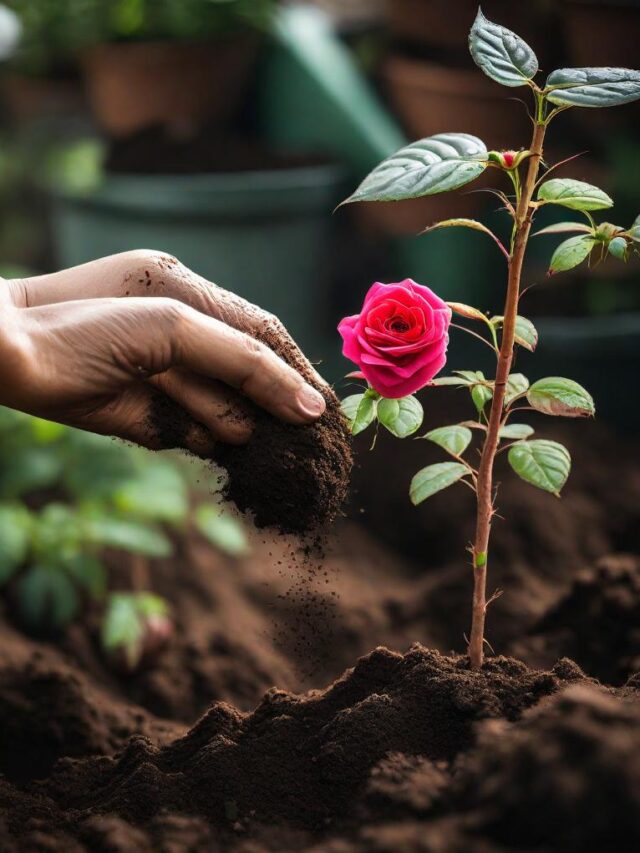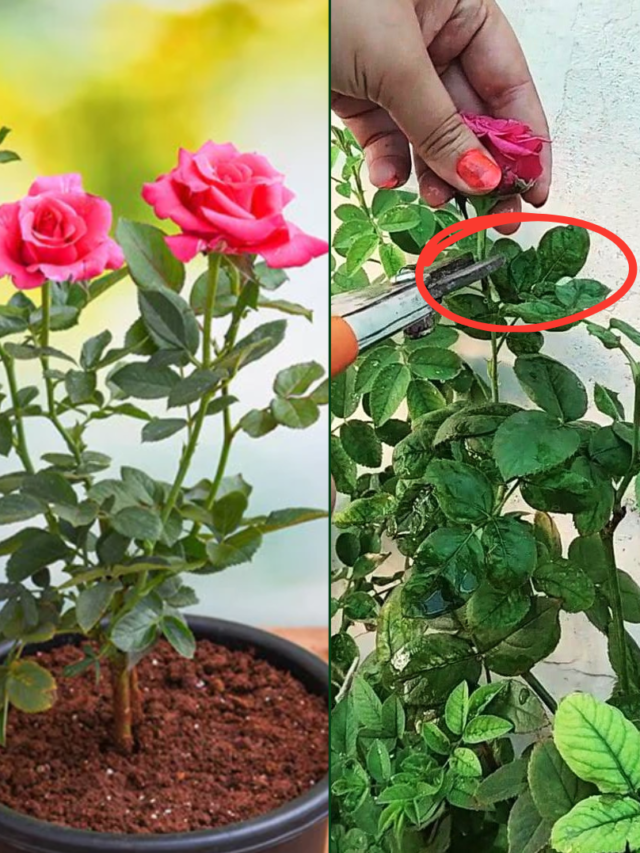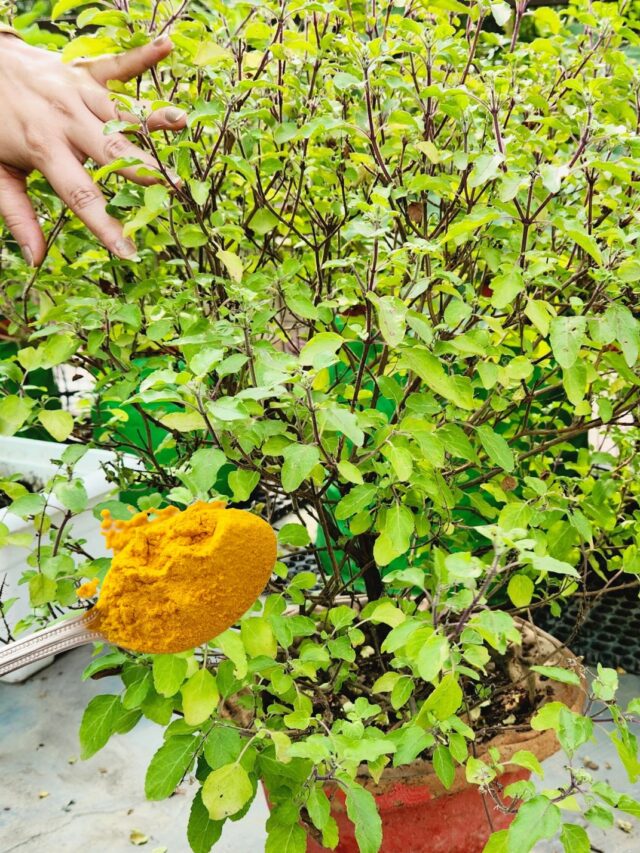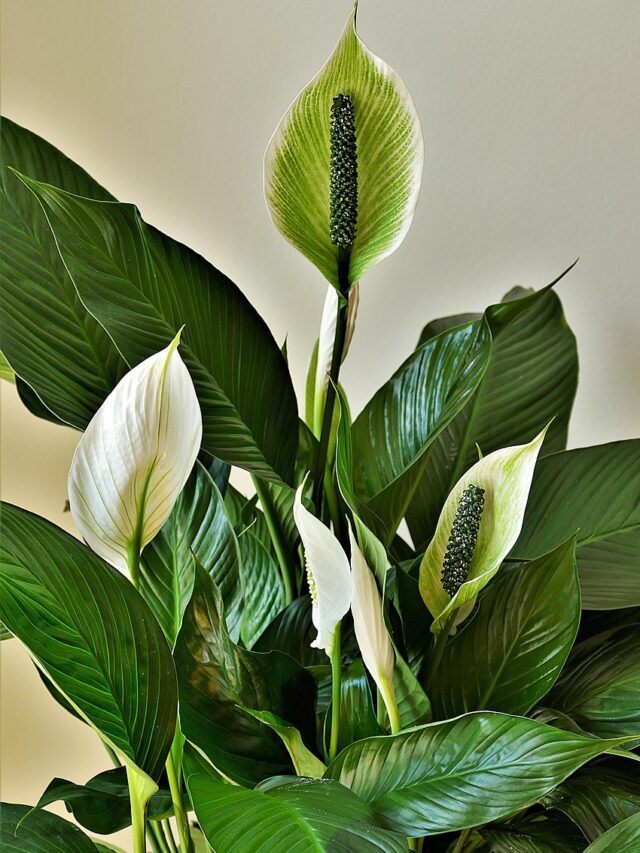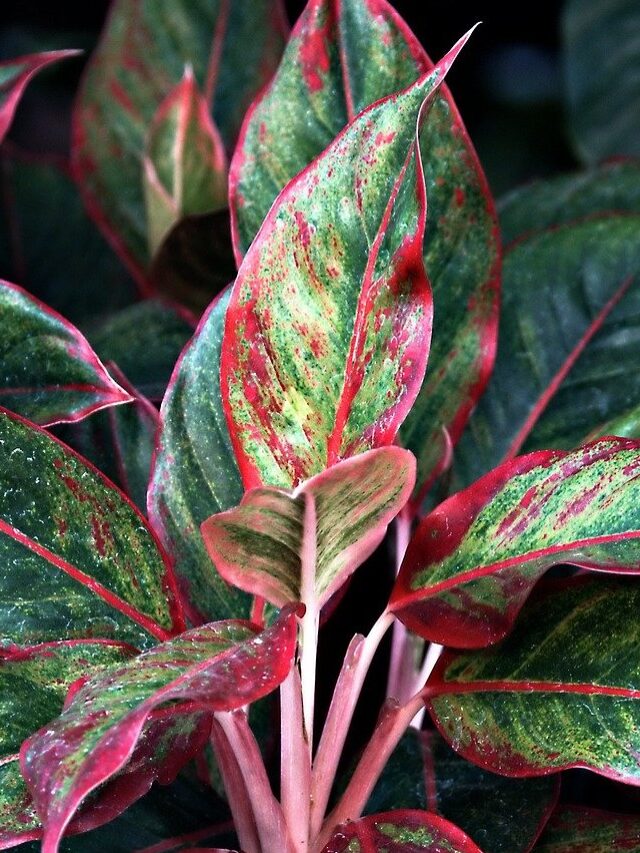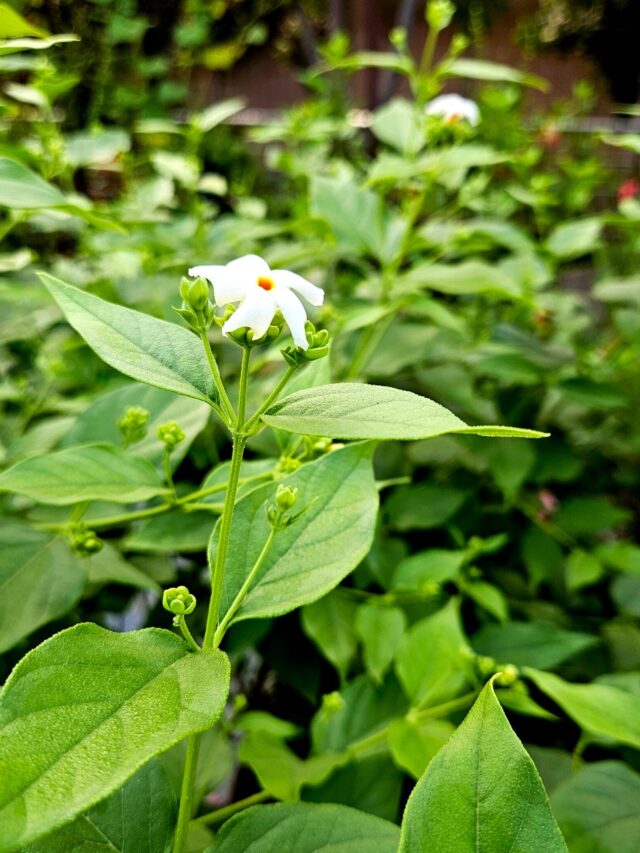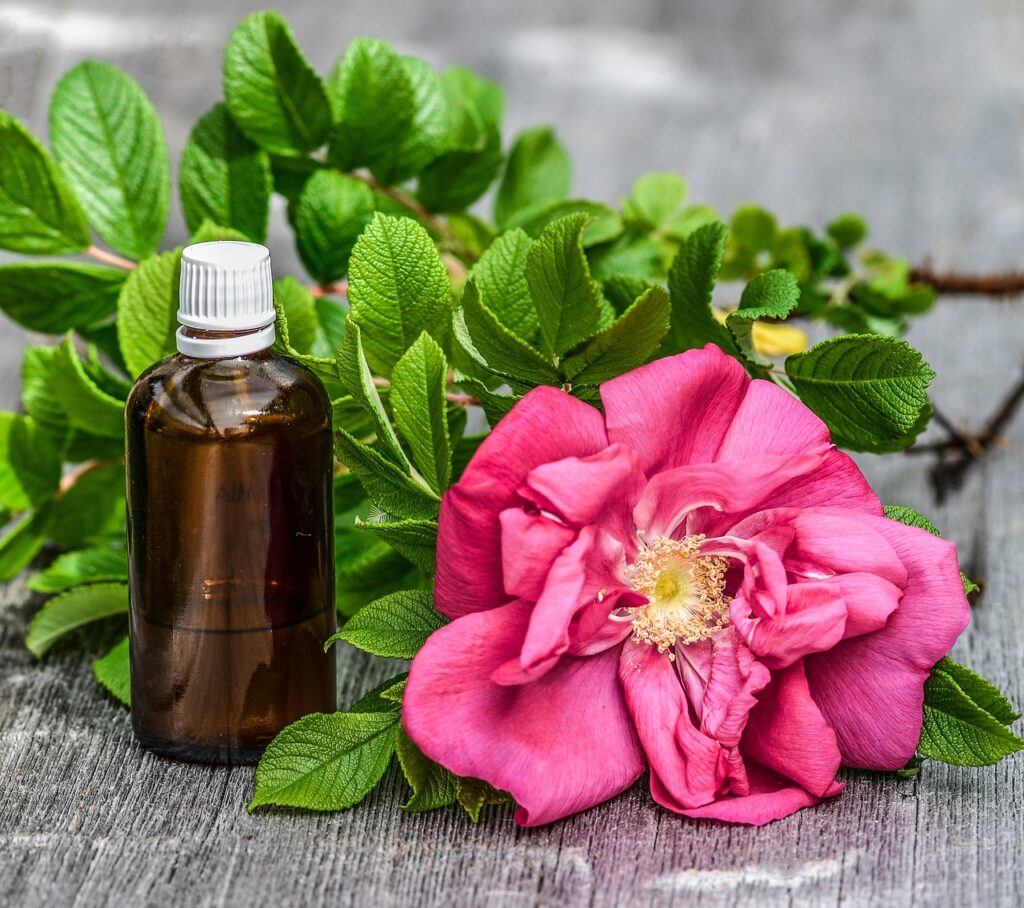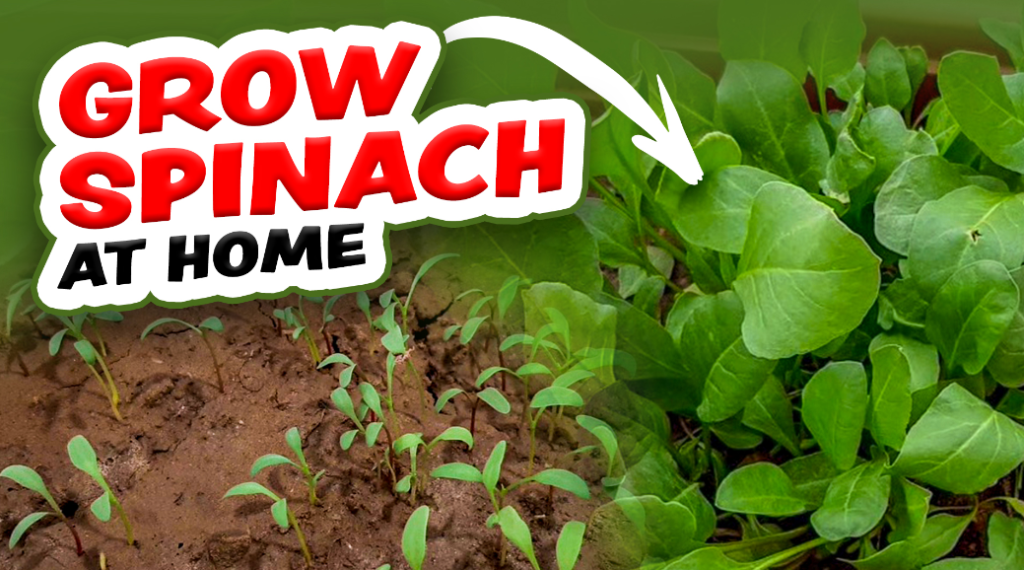During the winter season, our curry plant enters a dormancy period, causing its leaves to wither and turn yellow. They do not receive adequate sunlight and warmth to grow well.
Now that spring has arrived, it is time to care for your curry plant to make it bushy and healthy.
Ideal conditions for Curry plants

To encourage your curry plant to grow bushy, recreate its natural environment.
- Use soil that drains well, ensure it gets plenty of sunlight, and water it moderately.
- It is also important to keep humidity levels just right, especially if you live in a dry area.
Common issues hindering bushiness
There are a few common problems that can stop your curry plant from growing bushy. These include
- not enough sunlight,
- soil that does not drain well, and
- not enough nutrients in the soil.
It is important to spot these problems early and fix them to help your plant grow bushy.
Methods to Encourage Bushiness

1. Pruning Techniques
- Regular pruning is crucial for shaping your curry plant and encouraging new growth.
Curry leaf plant primarily grows from its tips, so pruning or plucking from the tip stimulates the emergence of 2-3 new shoots, leading to the development of new branches and leaves.
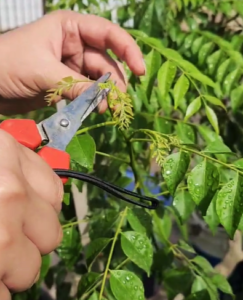
Important Note:
- When harvesting leaves for use, prioritize plucking leaves from the bottom of the plant. Leaves at the top are still in the growth phase and should be allowed to mature.
- Additionally, when you are harvesting leaves for use, it is advisable to remove entire branches rather than just individual leaves.
If your plant is relatively new, around 6 or 3 months old, it’s best to stick to light pruning.
- From February to October, regular light pruning can be performed to encourage new branch growth, but avoid harsh pruning.
- After new stems emerge, wait until they reach a length of 5-6 inches before further pruning.
- Hard pruning of curry plant should be reserved for the month of February (during spring season).
For plants that are one or two years old, hard pruning can be quite beneficial.
- By removing yellow leaves, dead, or leggy stems, you encourage the plant to grow more branches and denser foliage. This type of pruning helps maintain the plant’s shape and promotes healthier growth overall.
- After hard pruning, add vermicompost into the soil. Avoid using heavy fertilizers as the plants are currently leafless.
Important note:
- Perform hard pruning of your plant only in the evening and keep it shaded for at least 7 days until new leaves emerge. This will assist the plant in adapting to its new environment more effectively.
2. Change pot and add compost in the soil
(i) For plants that are one or two years old, it’s advisable to consider changing the pot if the roots are bound. Till the soil and add compost to promote improved growth.
(ii) However, if your plant is relatively new, around 6 or 3 months old, there’s no need to change the pot. Simply tilling the soil and adding compost will suffice to promote healthy growth.
Important note:
- Only repot your plant in the evening and keep it shaded for 3 to 4 days afterward as it may experience stress. This will help the plant adjust to its new environment more easily.
3. Sunlight for Curry Plant
Now that spring has arrived, it is time to focus on sunlight and temperature for your curry plant.
- Curry plants love full sunlight, needing at least 5 to 6 hours of direct sunlight each day.
- Place your plant in a sunny area with good air flow. Keep temperatures above 60°F (15°C) to avoid cold stress.
4. Best Fertilizers for Curry Plant
Just like other leafy plants, curry leaf plants need essential nutrients to grow well, including a balanced supply of Nitrogen (N), Phosphorus (P), and Potassium (K).
- However, they especially benefit from a higher amount of nitrogen in their fertilizer mix.
- Nitrogen is essential for encouraging lush foliage growth, which is a key characteristic of healthy curry leaf plants.
Use of Buttermilk to make Curry Plant Bushy
Buttermilk is an excellent tonic for promoting healthy and bushy foliage in curry plants.
- To use buttermilk effectively, mix one-fourth glass of buttermilk with one litre of water for an 8-inch pot, and water the soil with this mixture.
- Make sure the buttermilk is not too sour and is still suitable for drinking.
Curry plants belong to the citrus family, so they thrive in acidic soil conditions.
- After applying any fertilizer, wait for at least 10 days before giving this tonic or Epsom salt to the plant.
5. Watering and Drainage:
Maintain a proper balance between watering and drainage.
- Overwatering can lead to root rot, while underwatering can cause stunted growth.
- Make sure there is adequate drainage to avoid waterlogging, especially for plants grown in containers.
|
Must read: How to Grow & Care Curry Leaf Plant in Pot |
Conclusion:
In conclusion, turning your curry plant into a bushy beauty is completely possible with the proper knowledge and care. By using pruning methods, ensuring ideal growing conditions, and addressing problems promptly, you will see your curry plant flourish.
Happy Gardening!
Make Your Own Garden!

